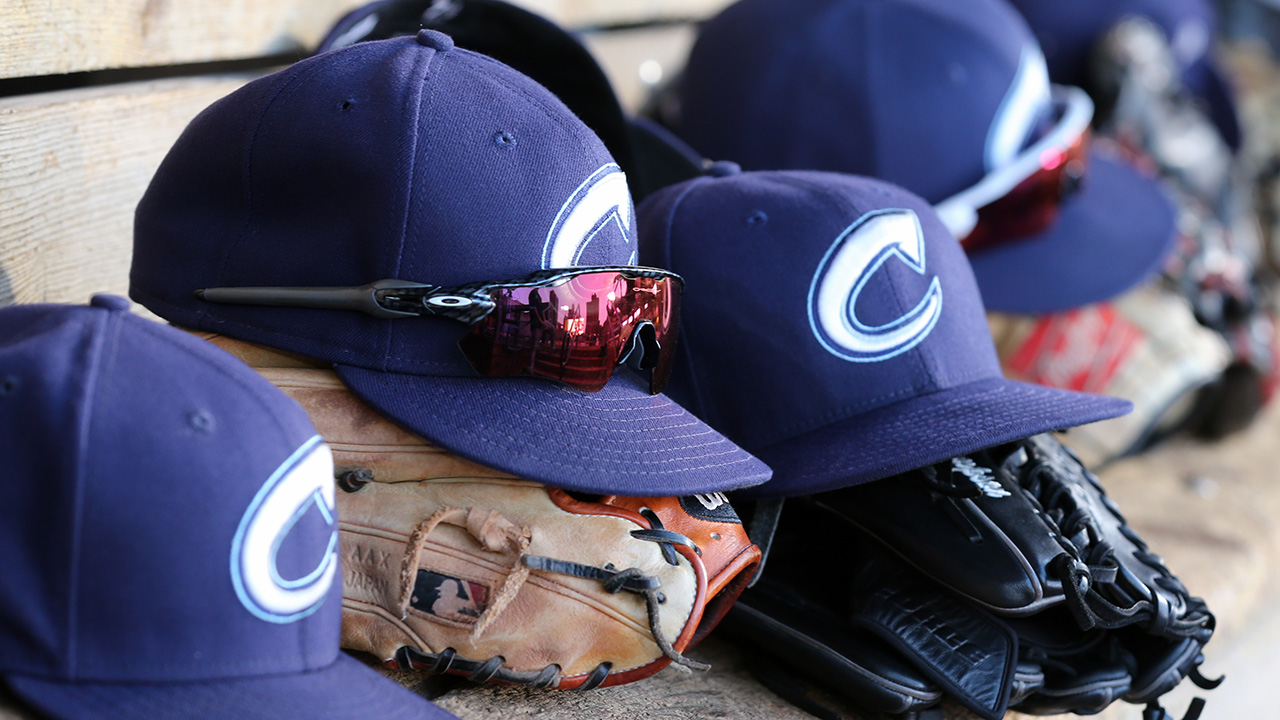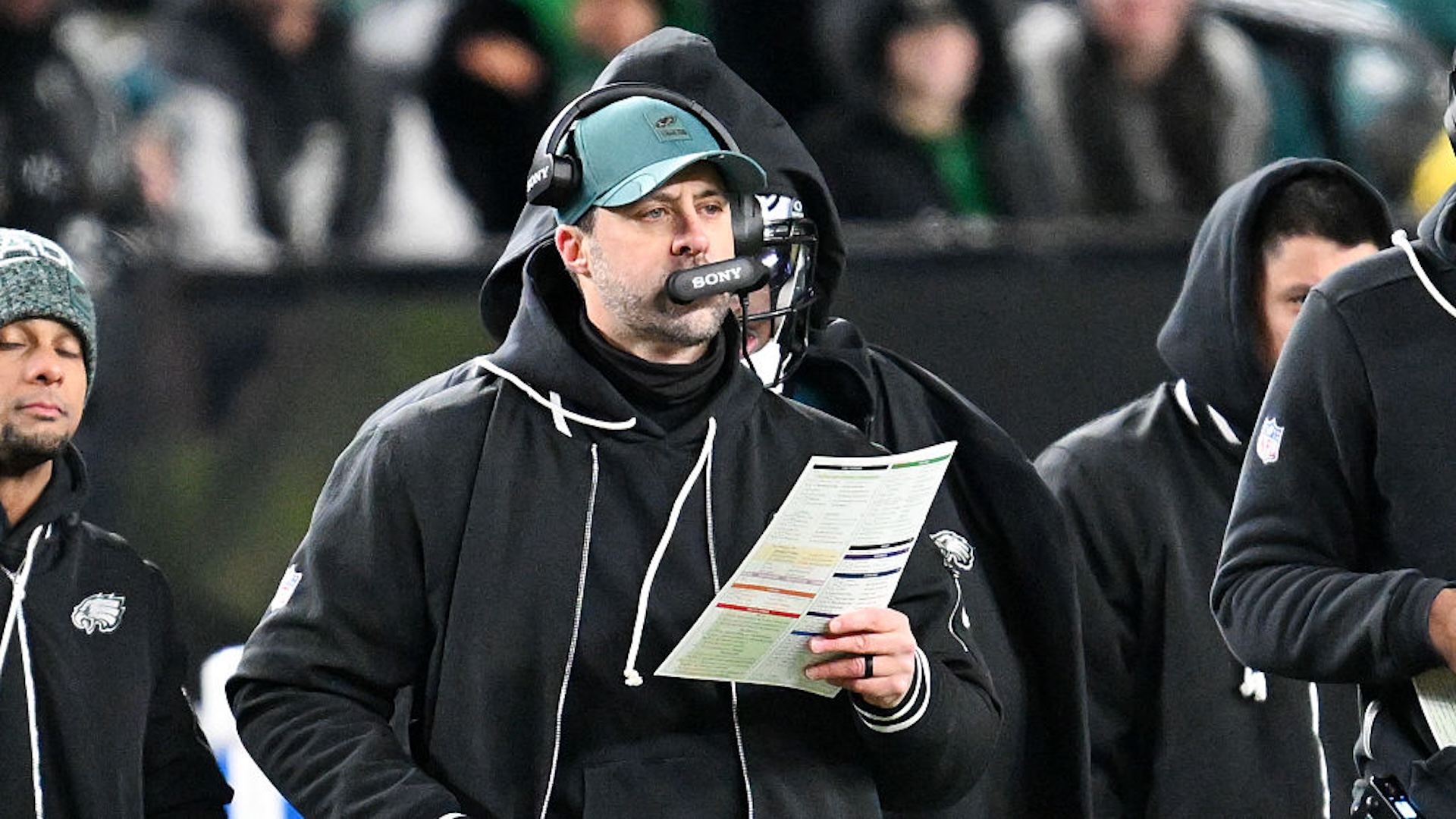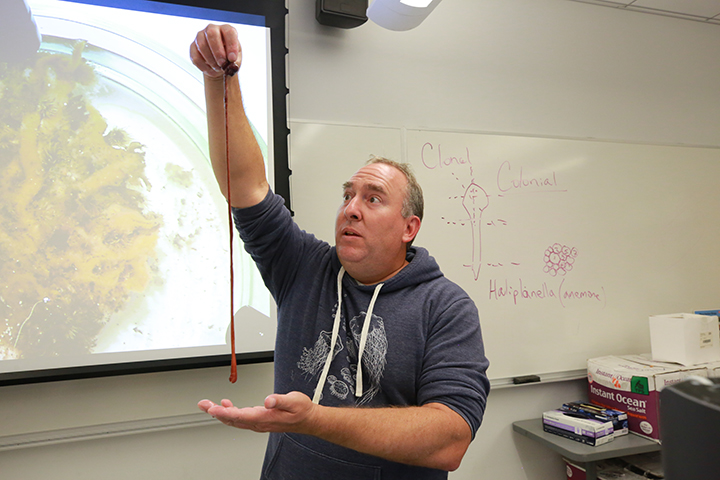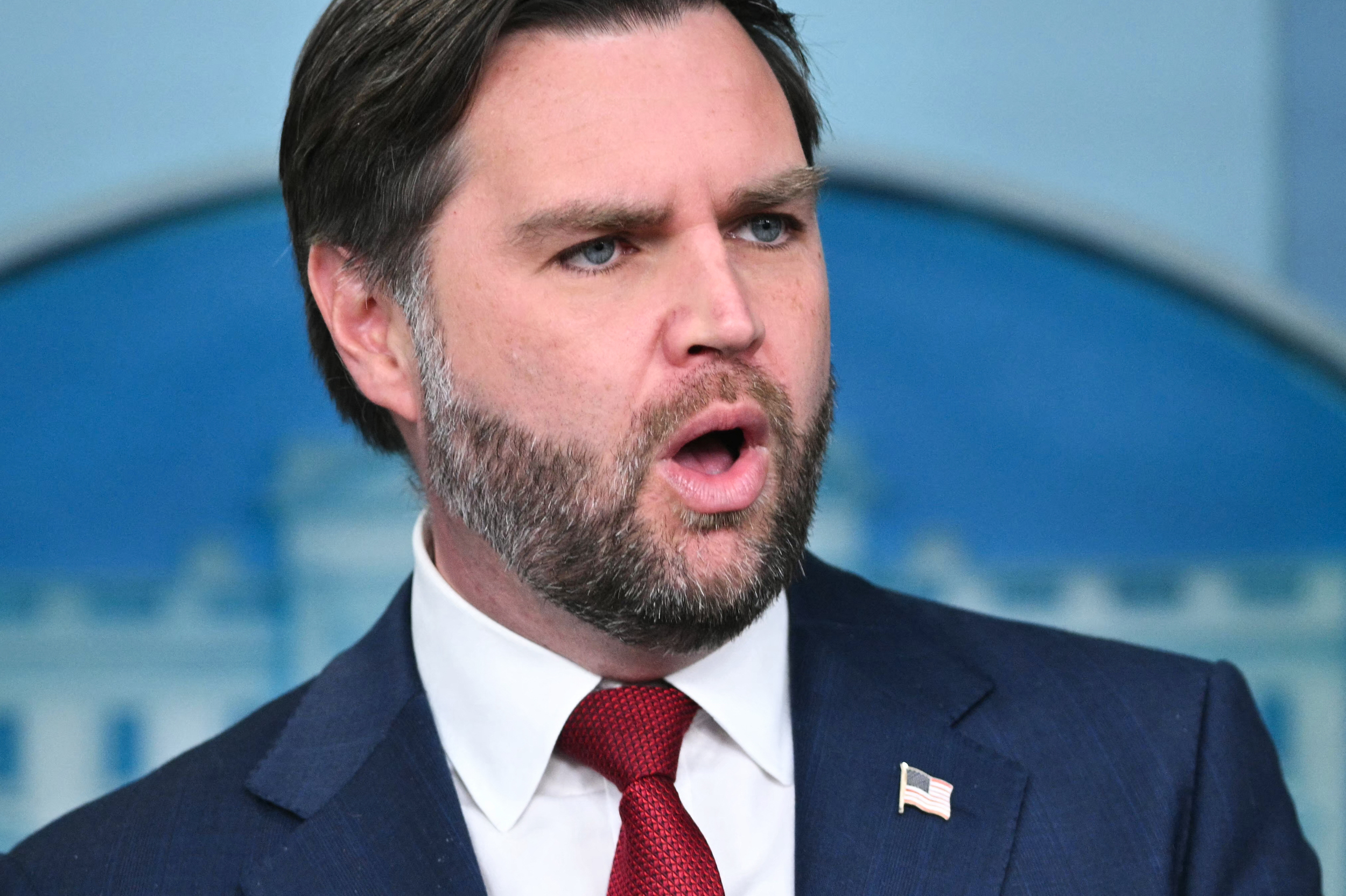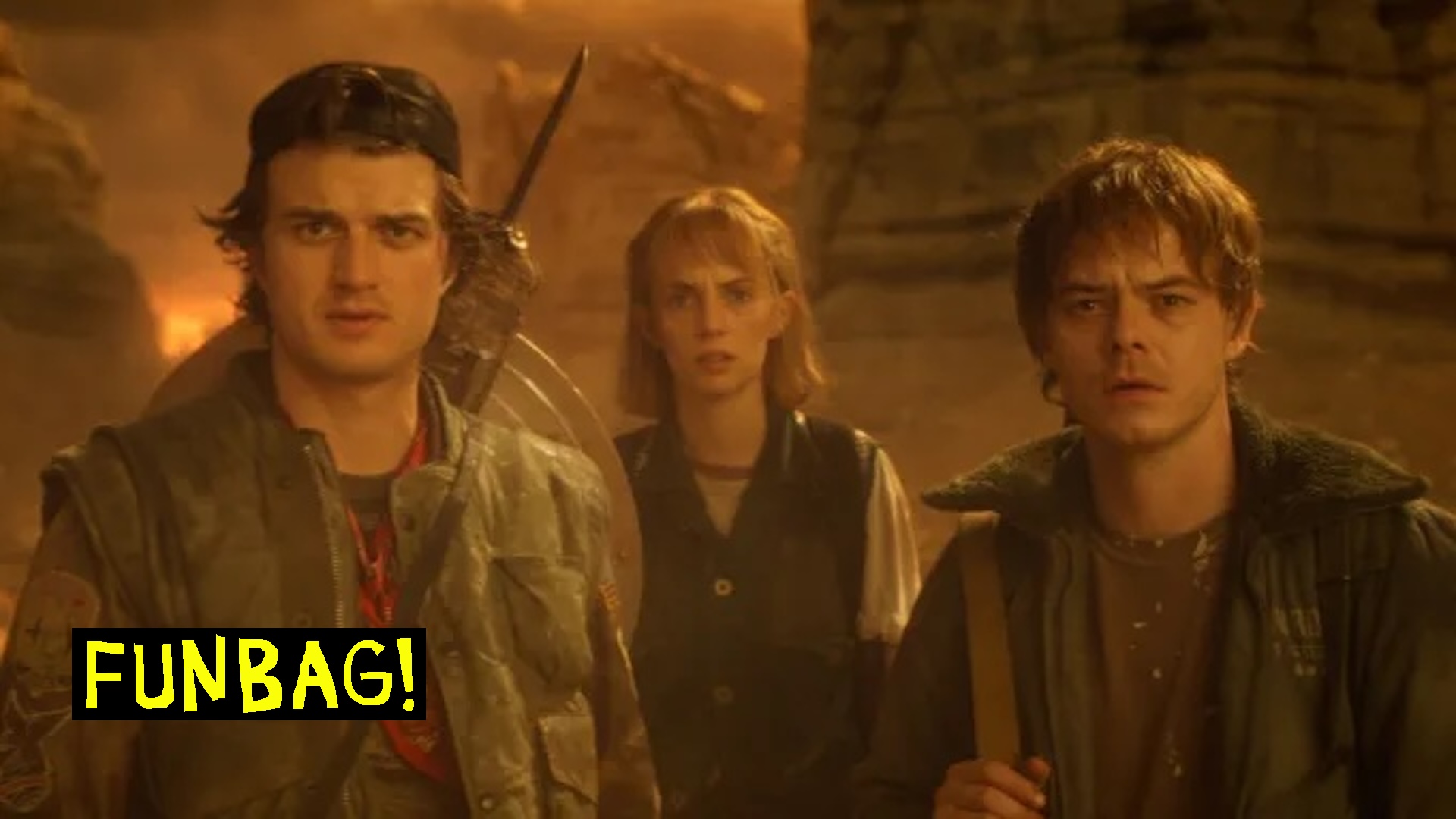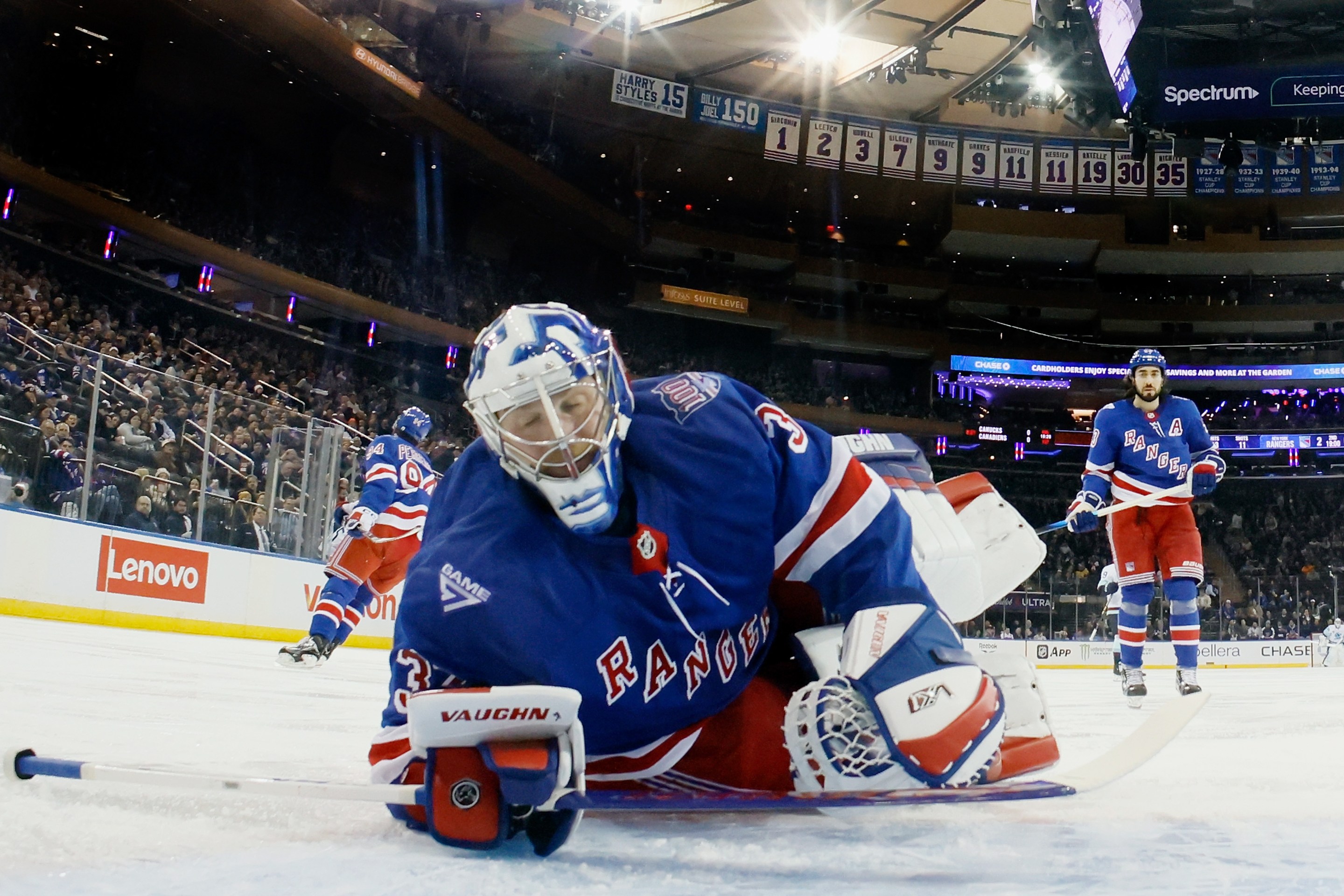Between 1977 and today, things have gotten exponentially more expensive: groceries, cars, housing prices, a cup of coffee in the morning—basically everything, it seems, except the cost of seeing the Columbus Clippers, a Triple-A baseball team, play in person. When the modern incarnation of the Clippers formed in Columbus, Ohio, a ticket was $5. Today, it is $8.
The Clippers are a storied minor-league franchise, an affiliate first of the Yankees (1979-2006) and now the Cleveland Guardians (2009-present) that once had Derek Jeter on its roster. But the Columbus Clippers owe their relative affordability to their unique governing structure: They are publicly owned. Franklin County, in which Columbus is its most populous city, runs the team, making it one of the only franchises in the country where maximizing profit is secondary to ensuring community access and participation.
“Our mandate is to be affordable, wholesome family entertainment at family pricing,” Ken Schnacke, general manager of the Clippers, told me. “We’re not bottom-line oriented.”
As a publicly owned team, the Clippers are something of a rarity in sports. Today, individual billionaires like Jerry Jones—and, increasingly, private equity firms—own many of the country’s major sports teams. A multi-billion-dollar hedge fund, Arctos Sports Partners, holds stakes in 12 major American sports teams, including the Boston Red Sox. Running a franchise is an eccentric hobby for some and a profit-extractive venture for others, but it is also, time and time again, a bargaining chip: Private owners have spent much of the last century using the threat of relocating a team as a cudgel to extort tax breaks or stadium upgrades from local governments.
This is not something that fans of the Clippers need to worry about. “When the community owns a team, it tends to stay in the community,” said Edward A. Fallone, a professor at Marquette University Law School who wrote a paper on fan ownership, “as opposed to the never-ending merry-go-round of teams leaving for larger media markets or getting purchased and moved by a new owner.”
For as much as fans dedicate themselves to their teams, they lack a real say in what happens to those franchises. Ticket prices and the reinvestment of their team’s revenue are totally out of their control. Even the one tool that fans do have, the ability to boycott, has seen shrinking returns as ballooning TV contracts rather than ticket sales increasingly prop up the business of sports. The horizon for fans who want some influence over what happens to their favorite team extends no further than a city council chamber, where they are occasionally permitted to choose between a pair of losing options: either they urge their local government to hand over millions of dollars to keep a team in town, or they encourage their leaders to refuse, thus hastening the team’s exit from the city.
The case for public ownership centers on a total reimagining of what sports teams are and who they are for. Are they investment vehicles for the wealthiest people in the world, or can they be something more like a public good, not so different from a park or museum?
The story of the Columbus Clippers begins with loss. For nearly a century, starting in the 1870s with the founding of the Columbus Buckeyes, baseball was a fixture of life in Columbus. Then, in 1970, a private owner abruptly moved the baseball team—then called the Columbus Jets—to Charleston, W.V.
The fans in Columbus felt the void left by the team almost immediately, and in 1975, after four seasons without baseball, a husband-and-wife duo decided they could not take it anymore. That summer, they created a nonprofit, Bring Back Baseball to Columbus. They went door to door, asking residents to sign a petition demanding the city bring in a new baseball team. Eighty-six thousand people put their names down. The group didn’t care who owned the team—they just wanted baseball back.
The group found a receptive audience in Harold Cooper, the former manager of the Columbus Jets who was then serving as a commissioner of Franklin County. Cooper spoke to the owner of the former Columbus baseball team, who admitted he wanted to sell. The problem was, no one wanted to put the money up. So Cooper came up with an audacious plan. What if Franklin County bought the team?
Cooper had other community ownership models to look to as examples. Rather than a single billionaire, a fractured network of shareholders—a group that now totals 537,000 people—have owned the Green Bay Packers since 1923. And in Ohio itself, in 1964, Toledo Mayor Ned Skeldon had created a non-profit called Lucas County Recreation, Inc. to buy—and run—the Toledo Mud Hens minor league baseball team. But what Columbus proposed was fundamentally bolder. Rather than a coalition of fan owners, Cooper wanted the Clippers to be run like a public utility, where the county has direct control over the team.
Cooper persuaded the other county commissioners to complete the purchase in two parts. First, in January 1976, the county bought out the local baseball stadium. Then, it purchased the Clippers outright. Minor league baseball wasn’t nearly as popular at the time, so the price tag was small: Franklin County paid just $25,000 to take over the Clippers.
Cooper tasked a lawyer named Frank Ray with figuring out how to structure the new team ownership. Ray designed an independent board, the Board of Parks and Recreation—or “the Parks Board,” as its members call it—which would handle the administration of the team. The county commissioners appointed board members serving three-year terms, initially a mix of labor leaders, homebuilders, newspaper publishers, car dealers, and more. Officially, the Parks Board operated a company called Columbus Baseball Team Inc., which was listed as the owner of the Clippers. It was a nesting doll of corporations—but the end result was that Franklin County had full ownership of the team.
By that point, only four employees worked full-time for the Clippers. One of them was Ken Schnacke, a one-time chemical engineer who had left a job running an independent baseball team in the Rio Grande Valley to come to Columbus. The year Franklin County bought the team, the Clippers hired Schnacke as an administrative assistant. In 1989, he became general manager, a title he has held ever since.
Schnacke told me that municipal ownership of the Clippers has worked more smoothly than even its architects imagined. When Cooper bought the Clippers, he was “resigned to the fact that it might actually require some subsidies,” Schnacke said. But the Clippers, it turned out, have never needed to tap into county funds. Nearly 50 years later, the team continues to turn a profit. Fans turn out in droves, in part because the Clippers have become a fixture of the city. “What has happened here is the Clippers have just become part of the fabric of the community,” said Ray.
Today, the Parks Board still manages the Clippers, and its members report to the commissioners of Franklin County. The Clippers are publicly audited each year. In the early years, the team’s profits went back into the general fund of the county, but now the Clippers keep a reserve fund to pay for stadium upgrades or keep the team afloat during rough patches—say, the pandemic. Schnacke estimated that the Clippers are worth between $30 million and $40 million, making that 1977 purchase of the team one of the best investments the county has ever made.
The Columbus Clippers stand out today as an outlier, one of the most valuable municipally owned sports teams in America, but the team almost wasn’t so unique. Other cities have tried to replicate the Clippers' model—and were blocked every step of the way.
In 1984, the philanthropist Joan Kroc took over as the owner of the San Diego Padres after the death of her husband, McDonald’s CEO Ray Kroc. Joan Kroc didn’t care much for sports. When she attended games, “she would bring her knitting because she was that bored,” Lisa Napoli, who wrote a book on Kroc, told me. In October 1989, Kroc approached her friend Maureen O’Connor, who was serving as mayor, with a plan. What if she gave the team to the city of San Diego? She would turn over the keys for free, and she would even throw in some funding to get them started: a $100 million trust to support the team. Kroc explained that she didn’t want the new owners to ruin the franchise. “I don’t want to leave a legacy where the average family can’t afford to go to games,” she told the San Diego Union-Tribune.
O’Connor loved the idea. “It would have been the coup of the century for the city,” O’Connor said to the same paper the following summer. “She always kept saying, ‘I have the city of San Diego’s best interests at heart.’” O’Connor met with the city manager, who suggested the team be structured as a non-profit like the Green Bay Packers. The Padres seemed on track to become the first publicly owned team in Major League Baseball. But when news of the plan reached MLB, a group of baseball owners on the eight-person Owner’s Committee rejected it.
Though the MLB never specified why, commentators have suspected the owners were concerned about the secrecy of their books. If a city owned a major-league team, “that would provide a window into the costs of the league, how much the league is really making from their media contracts,” Fallone told me. “The leagues want to keep all the financial data behind closed doors.”
Yet Kroc’s bold idea seemed to spark a new curiosity about public ownership. In July 1990, New York Governor Mario Cuomo told the press that he was interested in having the state of New York buy out the New York Yankees. New York had lost many of its major franchises—the Giants to San Francisco, the Nets to New Jersey—and Cuomo, himself a former professional baseball player, wanted to ensure the Yankees remained in the state. To pay off the estimated $250 million price tag, he suggested, the state would issue bonds to the public.
Other attempts at public ownership came out of desperation: In 1997, the Minnesota Twins were eager for stadium upgrades, and they offered to give the state of Minnesota a 49 percent stake in the team in exchange for renovations. Around the same time, sports fans also organized a coalition called the United Sports Fans of America that lobbied for more fan ownership in teams. Its first, failed effort: Gather enough fans to buy out the Miami Marlins.
Eventually, the idea reached an Oregon congressman named Earl Blumenauer. In 1997, he introduced the Give Fans A Chance Act, a federal bill that would have required sports leagues to encourage municipal ownership. Under the proposal, teams that wanted to switch cities would have to give a 180-day public notice, allowing local governments or fan groups time to put together a bid for the team. “I’m not suggesting that owners be required to sell any or all of their teams to the public,” Blumenauer told reporters at the time. “But let’s at least make it possible. Let’s let the fans in every city try.”
The Give Fans A Chance Act never materialized, and neither did many of the other campaigns to create publicly owned franchises. Some of that is because of the leagues themselves. For instance, the NFL became worried enough about the prospect of a community-owned football team that it passed a rule requiring that private franchise owners have at least a 51 percent share of the team. (The Packers were grandfathered in.)
Those attempts at public ownership that did get off the ground, meanwhile, produced mixed results. While the Toledo Mud Hens are still quasi-publicly owned, run through a board of trustees, other municipally owned teams have slipped back into private hands. In 1989, the two counties governing Scranton, Penn. and Wilkes-Barre, Penn. jointly purchased the minor-league Red Barons. But by 2012, the counties couldn’t scrounge together the money for stadium renovations, and they sold off the team to a group of private investors.
In 1996, when private owners tried to move the Double-A Harrisburg Senators to Springfield, Mass., Harrisburg Mayor Stephen Reed stepped in. Reed was an eccentric politician who showed up impromptu to the sites of fires and robberies, amassed a multi-million-dollar collection of Civil War artifacts, and was eventually indicted for corruption. “He had his hands on anything,” Andy Linker, a former journalist who covered the team for the Harrisburg Patriot-News, told me. Reed paid $6.7 million to buy the Senators from the current owners and keep the franchise in Harrisburg. Then he let it run autonomously. The bet seemed to pay off, if the publicly reported figures are to be believed. The team turned a profit from 1996 to 2003, when it stopped reporting statistics.
Eventually, though, the stadium needed expensive upgrades, and in 2006, Reed put the Senators up for sale. A year later, he found a private buyer who agreed to keep the team in Harrisburg for 29 years. The buyer paid $13.25 million, nearly double what the city had fronted a decade earlier.
According to Linker, a lot has shifted since the team went private again. The staff has changed, and attendance is low. “There’s not the same connection,” he said. “I can tell you this just from 35 years of observation. There’s not the same connection now between the front office and the fans as there was back when the city owned the team.”
Even after a pandemic, the Columbus Clippers are still evading the headwinds that have toppled other municipally owned teams. Attendance is high, tickets are cheap, and the team succeeds on the field: The Clippers have won two Triple-A championships since 2009. How you view their place in the larger sports world, however, can be a bit of a Rorschach test. Perhaps the Clippers are a fluke, given that no other city has replicated the municipal ownership model for so long. Or perhaps it is a beacon of a new future for sports, one in which fans are more active participants in—and beneficiaries of—the teams they love.
Certainly, today's community-owned franchises like the Clippers and Packers have had the luck of timing on their side. The valuation of many sports franchises has far outpaced inflation, which means buying even a minor league baseball team today is incredibly expensive—and would necessitate a much larger political movement than the one that convinced Franklin County to buy the Clippers. “It does strike me that much of the community ownership was long ago when the cost of buying a franchise was relatively inexpensive,” Fallone said. “So the question is: In the future, how can you promote and encourage community ownership in a new landscape?”
Today’s community ownership models are happening on the lower rungs, involving teams with valuations below $10 million. Fallone pointed to the Minnesota Aurora, a women’s soccer team now looking to go pro that a group of 3,080 investors crowdfunded into existence last year. “They just finished their first year. Wildly successful, great attendance, great gate receipts,” Fallone said. “I would see the Minnesota Aurora example as the possibility of the future. More teams hopefully could follow.” Perhaps the next rendition of the Columbus Clippers is not a Triple-A baseball team but rather a small-scale soccer team just waiting for community activists to come together to make a purchase.
But it is worth imagining a bigger future for community ownership. If a minor league baseball team in Ohio can turn its sports franchise into essentially a public utility, why can’t a professional team do the same? It certainly has proved itself at least one other time: The community ownership model of the Packers, where majority approval is required for the team to relocate, is probably the only thing keeping an NFL team in Wisconsin’s third-largest city from threatening to leave for a larger market.
The cost of buying a professional team is daunting, but whether they realize it or not, taxpayers are already spending billions of dollars to subsidize new stadiums for professional teams in their cities. New York taxpayers are currently on the hook to pay $850 million for a new stadium for the Buffalo Bills. What if fans decided they’ve had enough—and that for the same price, they wanted some control over how that team operates? A campaign to buy out a professional team would require a mass organization of local residents, but sports fans have mobilized against the greed of sports owners before—take last year’s successful push to pull the plug on the European Super League.
Privately owned sports teams have long operated as extractive institutions, soaking up millions of local dollars, often without a guarantee that the team will stick around in the next decade. If cities were to begin to demand ownership shares in exchange for their generous subsidies, then local fans might begin to share in the prosperity of the professional teams that quite literally would not exist without them. At the very least, they could ensure that their favorite teams don’t decamp for another state the moment that a billionaire owner receives a sweeter subsidy somewhere else.
